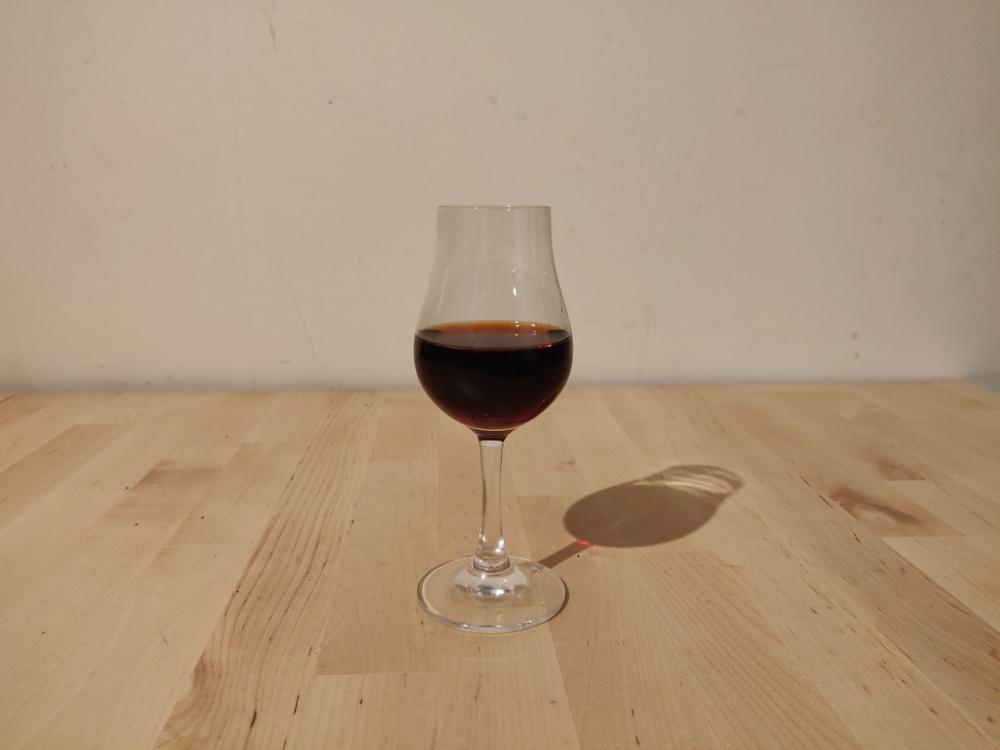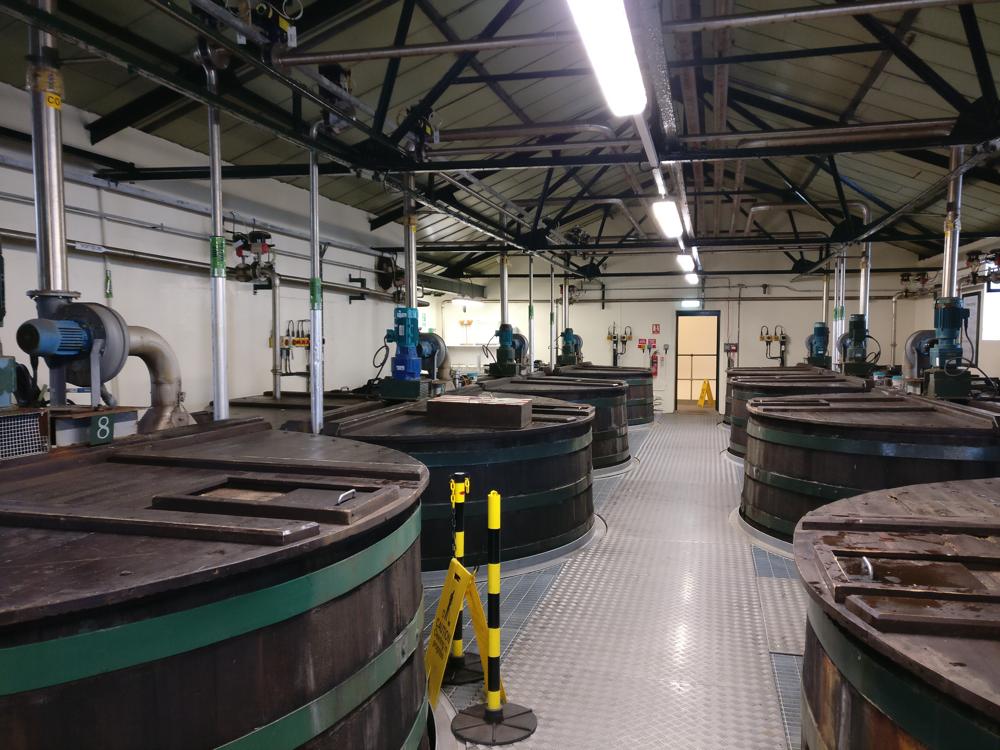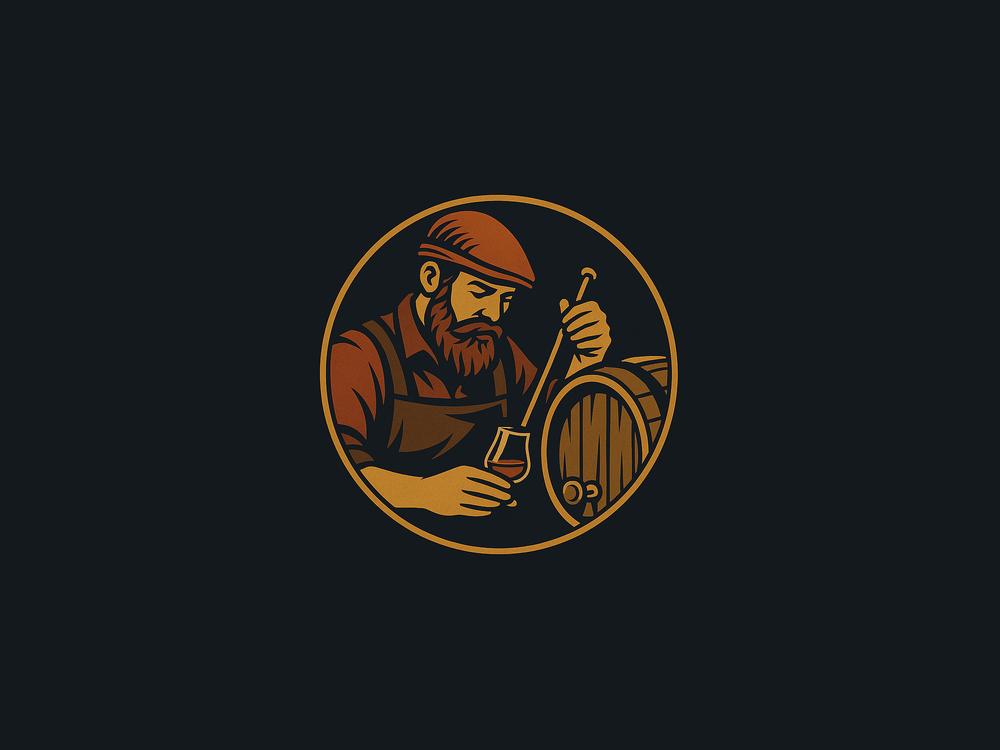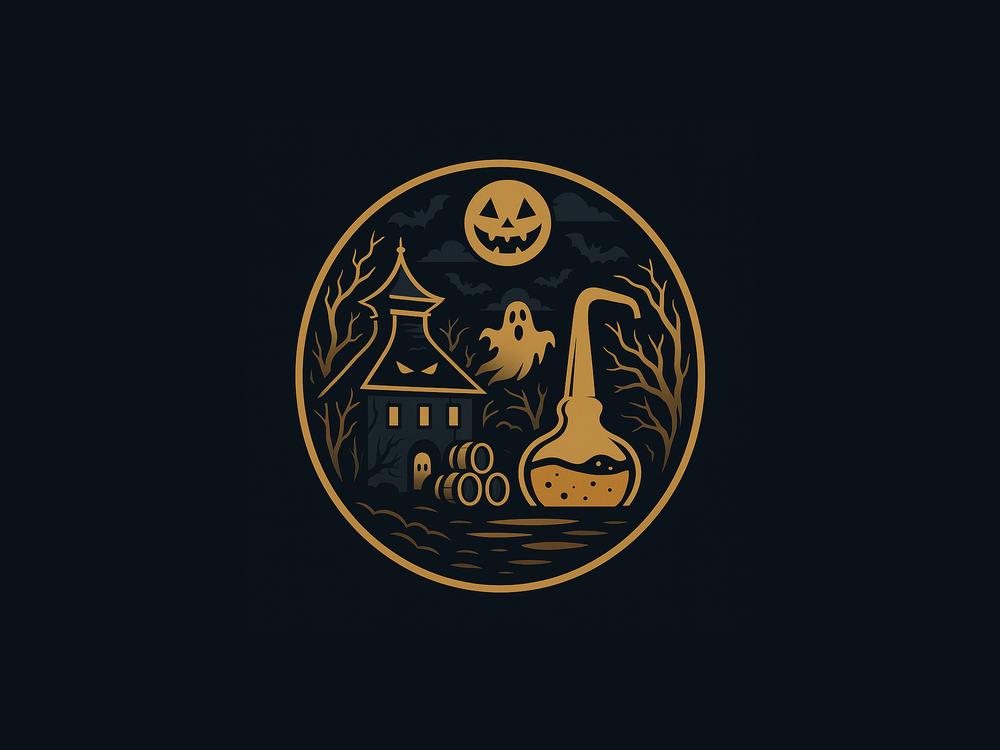Whisky Fundamentals
In principle, Scotch, Bourbon or Irish Whisky hardly differ in terms of production. While the raw materials differ slightly for the different types of whisky, all whisky is made using grain, water and fermentation by yeast. Malt whiskys are produced from malted barley, grain whiskys from cereals such as wheat, rye or oats and bourbon whiskies predominantly from corn.
Yet important differences can be found in the distillation technology used. Scottish malt whiskies have to be distilled in copper stills (pot stills), while large column stills are used for grain and bourbon whiskies. Further differences in whisky production can be found in the storage in oak barrels. Barrels from bourbon and sherry production are generally used for Scottish whisky, while only charred virgin American oak is permitted for bourbon whisky. In addition to the influence of the different whisky barrels, different barrel sizes also have an influence on the later taste of the whisky.
Latest Articles
Getting to grips with the basics of whisky is not essential to selecting and enjoying your next bottle, but the varied history and produciton methods are fascinating and can help guide you on your journey.

Slàinte Mhath - Pronunciation, Definition & Meaning
Published 19/11/2025
The Scottish Gaelic language (Gàidhlig) is one of the Celtic languages. Today it’s used mainly in the Hebrides, parts of the Highlands, and pockets of Glasgow. It’s closely related to Irish (Gaeilge) and Manx (Gaelg). Along with English and Scots, Gaelic is one of the official languages of Scotland. Spend any time around Scotch whisky and you’ll hear the toast Slàinte mhath sooner or later. In everyday British life, the old Gaelic term was largely replaced by a cheerful cheers.
Slàinte Mhath - Pronunciation, Definition & Meaning
Spirit caramel (E150a) in whisky
Published 18/11/2025
Most Scotch, and many Irish whiskies, are coloured with E150a (often called spirit caramel or plain caramel). This isn’t limited to blends-plenty of single malts use it too-making caramel colour one of the most debated topics among whisky fans alongside No Age Statement releases and chill-filtration. Within the caramel-colour family (E150a-d), E150a is Class I “plain caramel”-produced by heating sugars without ammonia or sulfites. Why are whiskies coloured? Whiskies are generally coloured for 2 reasons, for normalisation between batches and for marketing reasons.
Spirit caramel (E150a) in whisky
Spirits of Long Forgotten Stills
Published 29/10/2025
Once alive with the hiss of copper and the scent of malted barley, these distilleries now stand silent — their stills cold, their warehouses empty, or their stones long since torn down. Some survive as homes or museums; others exist only in memory and in the rare bottles they left behind. This Halloween at Whiskipedia, we raise a glass to the ghost distilleries whose presence lingers in every dram they left behind.
Spirits of Long Forgotten Stills
‘Craft’ doesn’t always mean handmade
Published 26/10/2025
The word craft has become one of the most overused in the drinks industry. Whether on bottles of whisky, gin, or beer, it promises individuality, authenticity, and care, an antidote to mass production. Yet in whisky, as in beer, “craft” does not always mean handmade. The term is rarely defined, frequently stretched, and sometimes entirely disconnected from the process it describes. While “craft” implies human skill, independence, and tradition, many producers use it as a marketing tool.
‘Craft’ doesn’t always mean handmade
10 Haunted Whisky Distilleries
Published 24/10/2025
Some whisky distilleries have their spooky ghost stories. Here is a selection, best enjoyed with a dram, of course: Glendronach Distillery Speyside distillery Glendronach imported a large quantity of Spanish Oloroso sherry casks in the 1970s. Apparently, while unloading one of the barrels, a stowaway was sighted escaping from an empty barrel, dressed in scarlet and black and clad in a full mantilla (a veil worn by Spanish women from the Middle Ages, which covered the head and neck).
10 Haunted Whisky Distilleries
